I happened to glance at our kitchen calendar today and noticed yesterday was the official first day of winter, or the Winter Solstice. I learned from my gardening friend Miss N. “the word ‘solstice’ comes from the Latin for ‘sun’ (sol) and ‘stop’ (sisto). Celtic tradition says that a yule log must be burned and the ashes be saved to sprinkle on spring seeds.”
Recently in our urban Zone 6, we’ve had rather mild temperatures resulting in freezing rain and sleet. When we looked out the kitchen window this morning into the backyard garden, we noticed the shrub (which I believe is a privet) was completely iced over. The weight of the ice and snow had caused the shrub to bow forward.
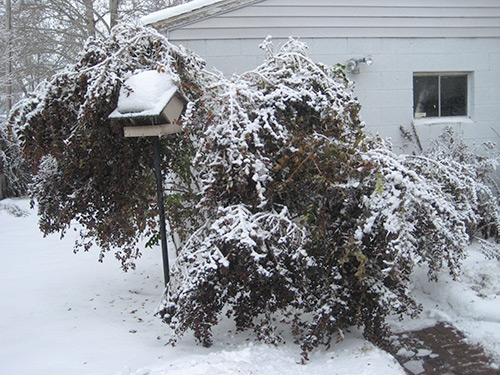
The Other Half and I went outside to shake some of the ice loose as I was afraid the slim “trunks” would be damaged. It helped a bit but the shrub is still leaning forward. We were showered by tiny, little frozen leaves.
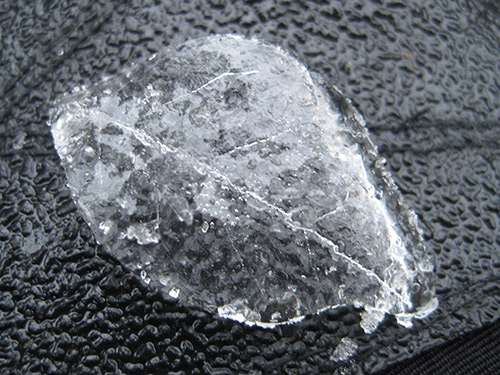
The trip to the backyard led us to looking at the winter “bones” of the garden. Though I’ve heard many gardeners talk about the burning bush (Euonymus alatus) as a one season show, I’m fond of it’s shape in the winter as well. A light snow had covered the ice on the shrub, so the limbs were even more defined.
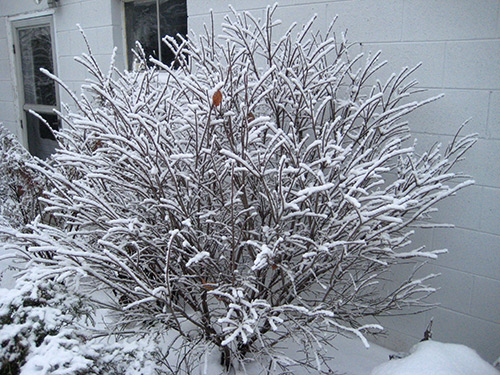
The Other Half and I decided a stroll was in order so we could enjoy the effects of the ice storm on a bit of a larger scale than The Lot. It was quite beautiful.
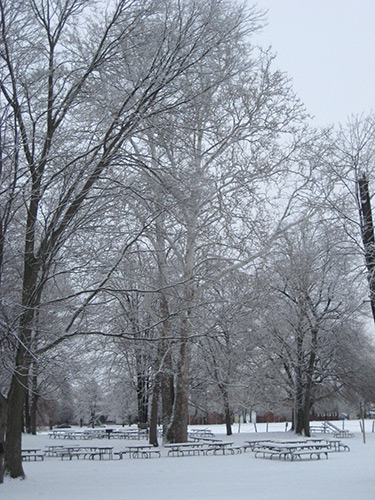
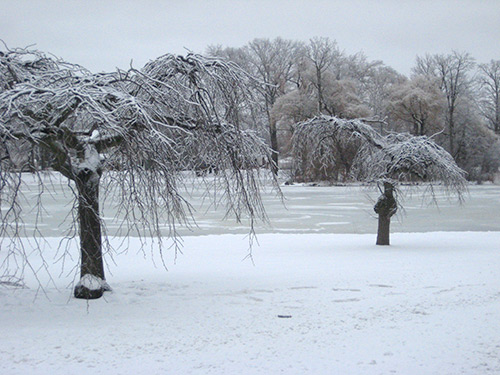
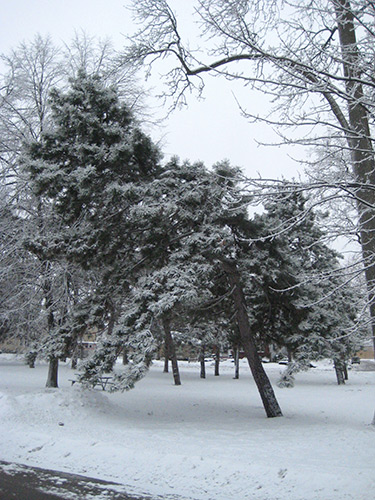
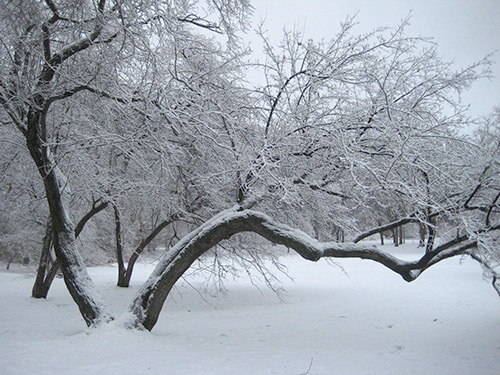
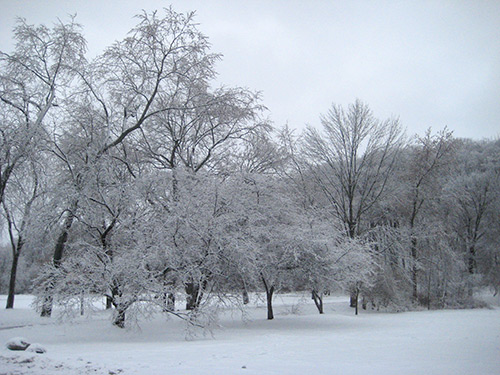
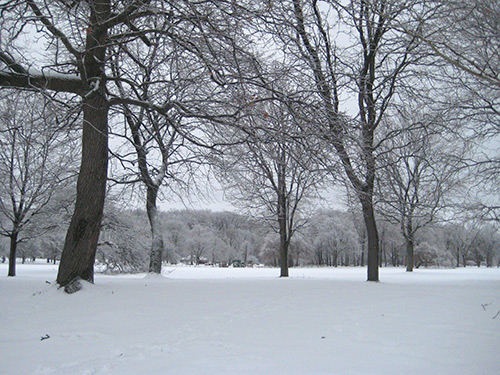
The shapes of the various trees, their bark, and their berries stood out in contrast to the ice and snow. These features aren’t noticed as much in Spring with flowers and emerging leaves or Fall with colorful foliage. However, winter does nicely highlight these often overlooked garden features.
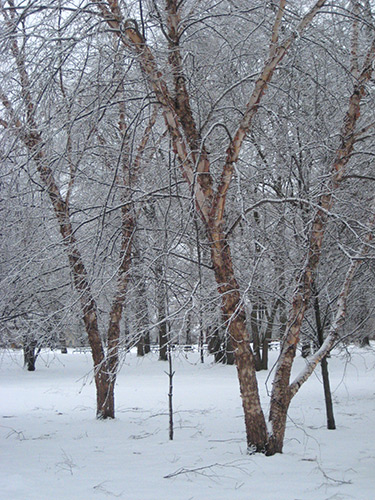
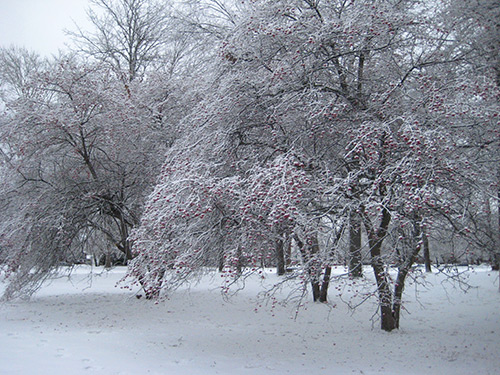
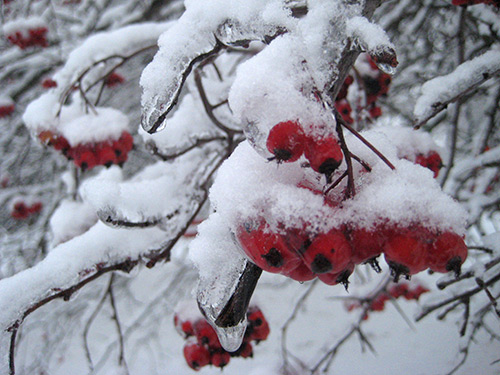
Happy holidays everyone! May your joy (and gardens) be bountiful in the New Year.